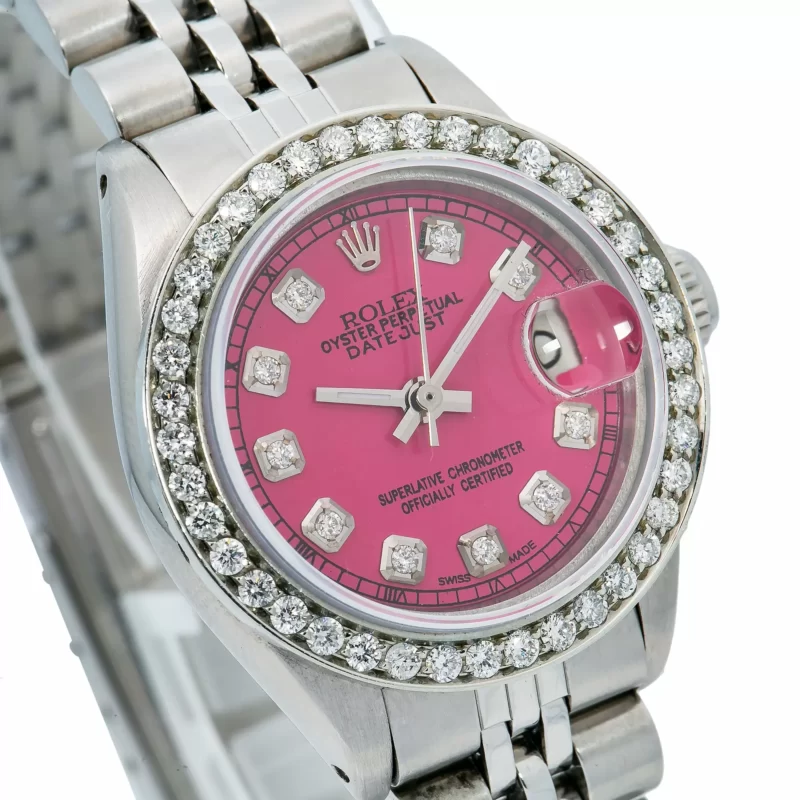Rolex
The Best All-Arounders Rolex Explorer From The Crown
The Rolex Explorer model has been around for 70 years, with only a few design changes. The early 1950s must have been incredible for Rolex, as its catalog of sports replica watches quickly filled with Explorers, Submariners and GMT-Masters.
In 1953, Rolex introduced the Explorer ref. 6350. The typical 3-6-9 dial layout was not new, as Rolex had similar models in previous years, such as the ref. 6098 and ref. 6298. The Rolex ref. 6350 was, however, the first watch to say “Explorer” on the dial. The similar-looking 6150 (see above) was introduced simultaneously, but it had a “precision” movement rather than a chronometer-certified one.
The 6350 was replaced by the 6610, which was in production from 1955 to 1959. In addition to being available in the Ref. 6610 series, the main difference between the 6610s produced during this period was the printing on the dial. Most Explorer 6610s use the Rolex caliber 1030, an “officially certified chronometer” movement that can also be found in early Submariners, for example.
I don’t want this to be a complete overview of the history of the replica Rolex Explorer model, but I think it’s important to know that Ref. 1016 was in production for a long time. From 1960 until 1989, the Rolex Explorer 1016 was in the catalog, and it was the first watch to have the words “Super Chronometer Officially Certified” on the dial. Some very early models still do not have the “Superlative” designation, a feature inherited from the former Ref. 6610. 6610.
On this site you can find all the different variations of the Explorer 1016 during its almost 30 years of life. This historic model uses different iterations of the 1570 movement, the last of which has a black seconds function. This Ref. 1016 is very close to the Explorer in today’s Rolex catalog.
In 2001, Rolex introduced the Explorer 114270, which was virtually unchanged from the previous ref. 14270. However, what changed was the movement inside and the use of a solid end link (SEL) instead of a folding one. While there was some charm to the crunching sound emanating from earlier bracelet models, the SEL can be seen as a necessary upgrade. The Rolex caliber 3130 replaced the previous caliber 3000.
In 2010, the 36mm fake Rolex Explorer suddenly disappeared to make way for a larger version of the watch, the Explorer 214270. It was a 39mm version of the well-known Explorer to accommodate the demand for larger watches. The first version was slightly clumsy, as its hands were noticeably too short.


